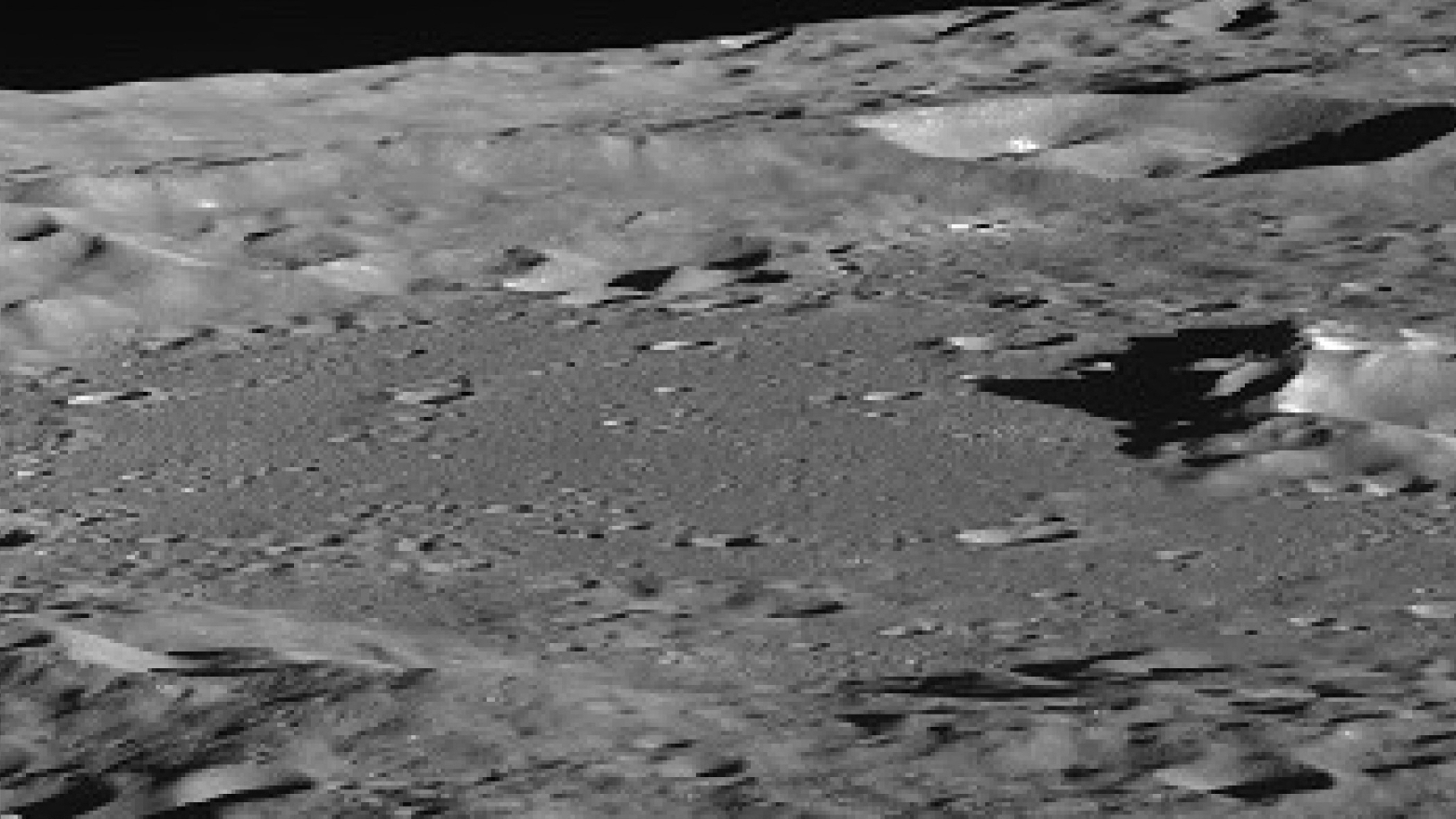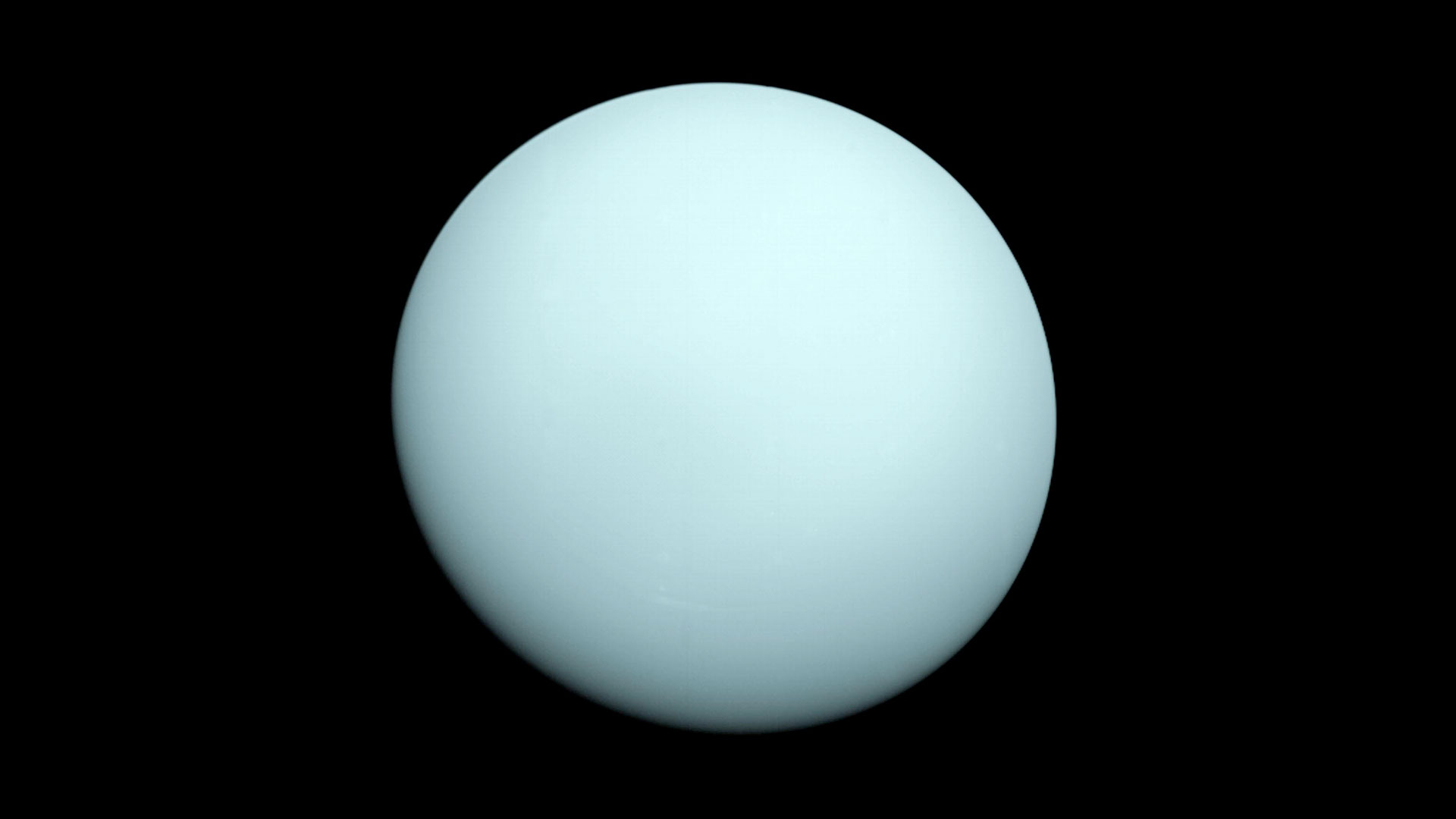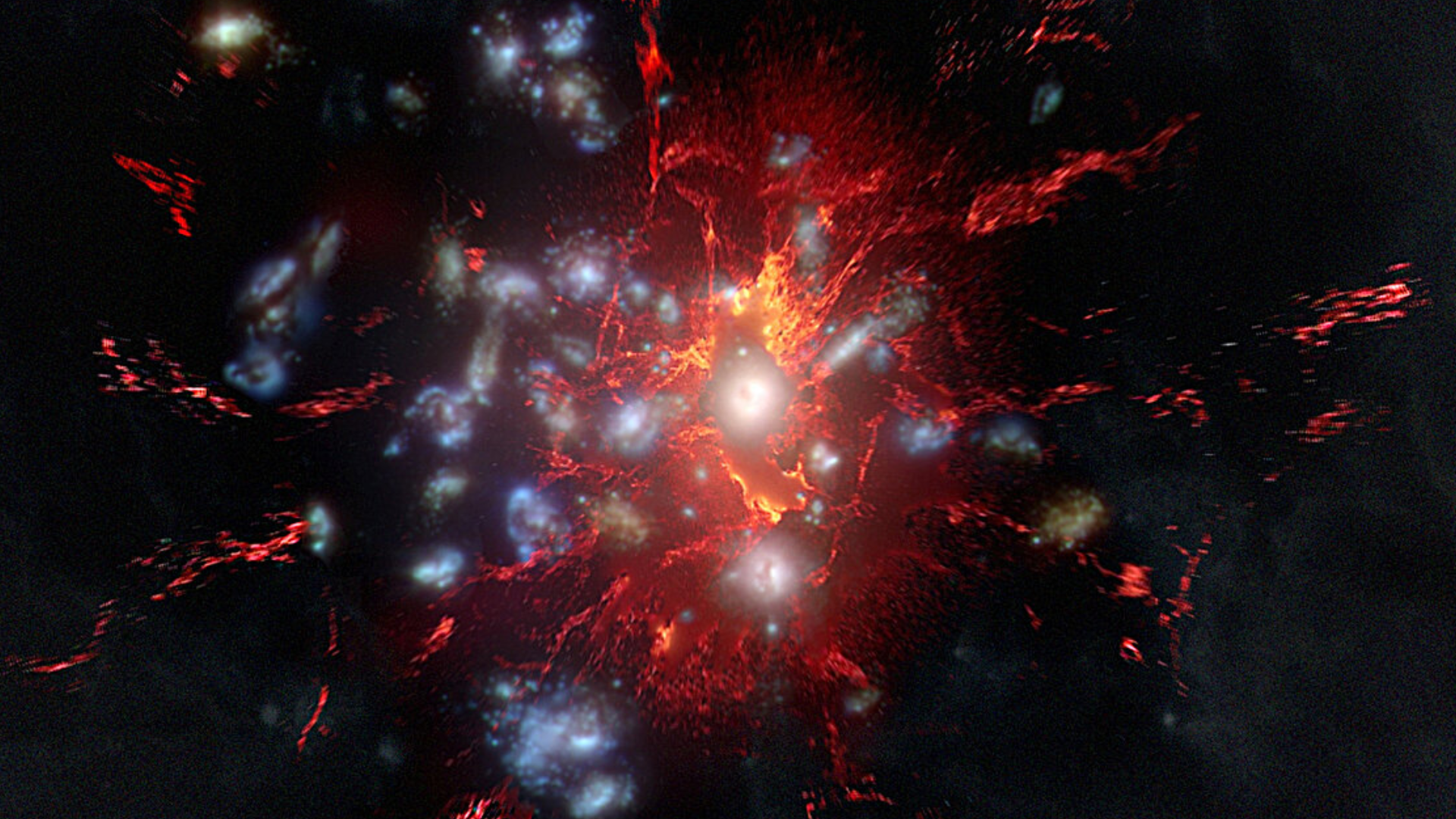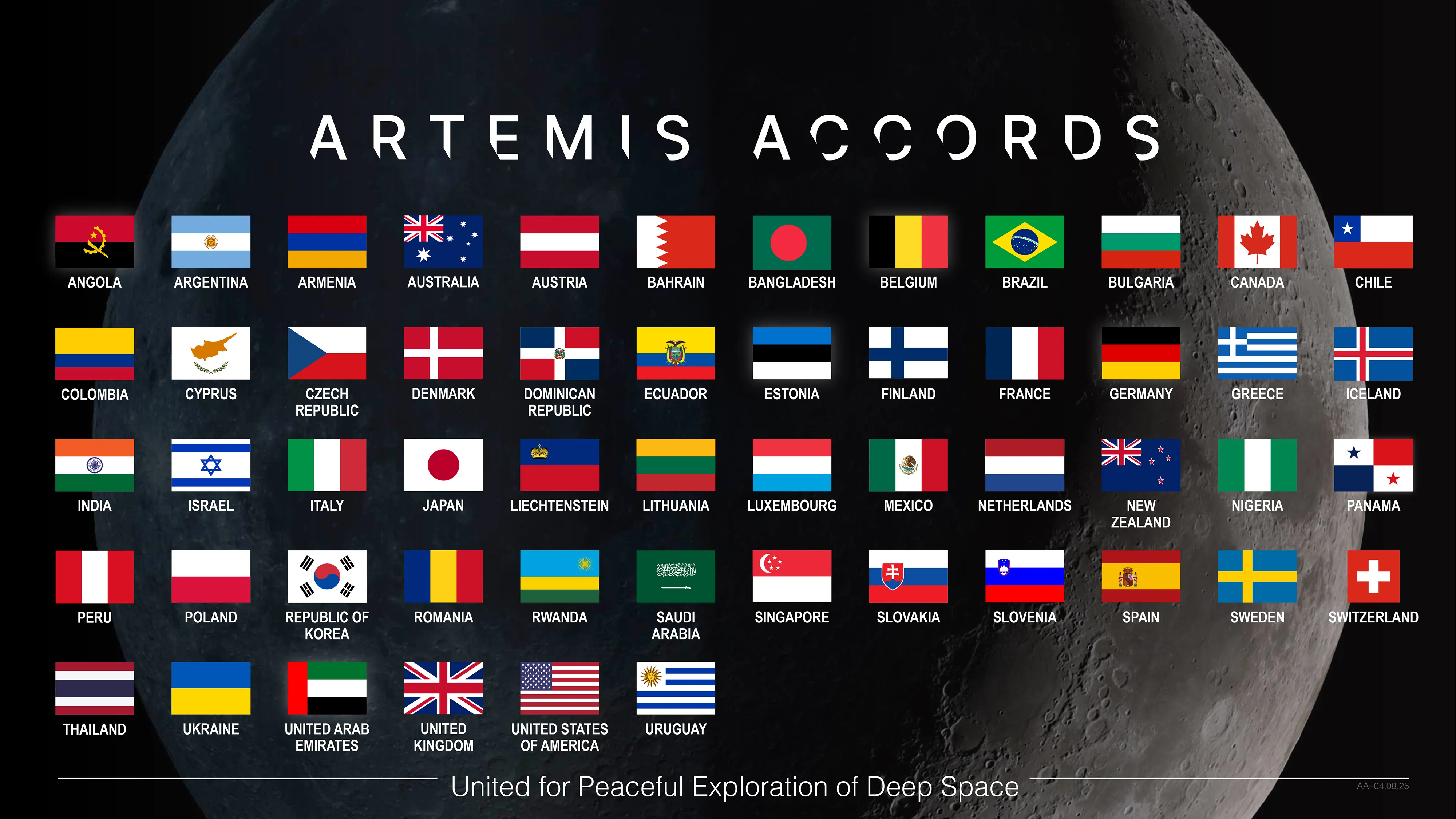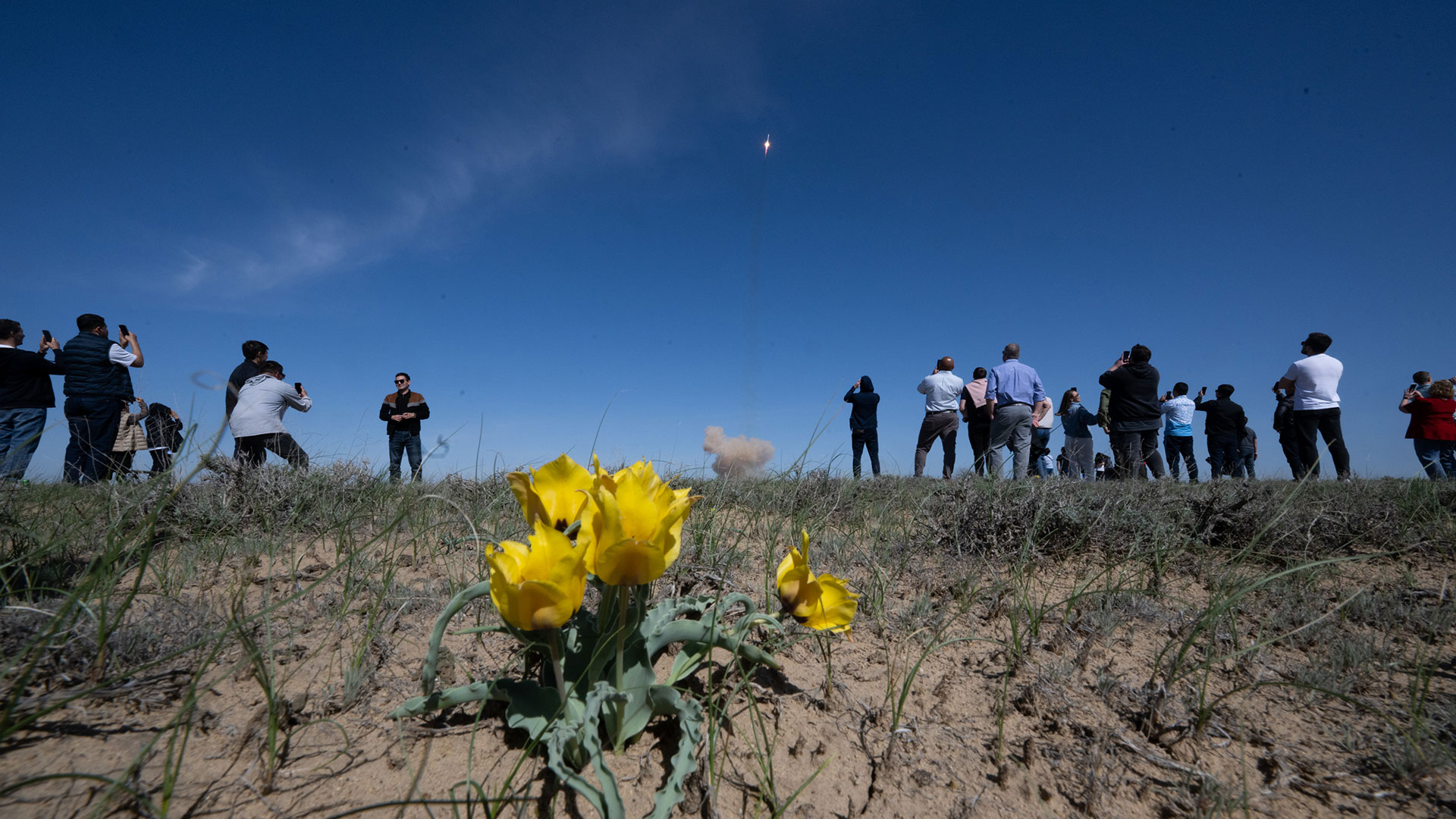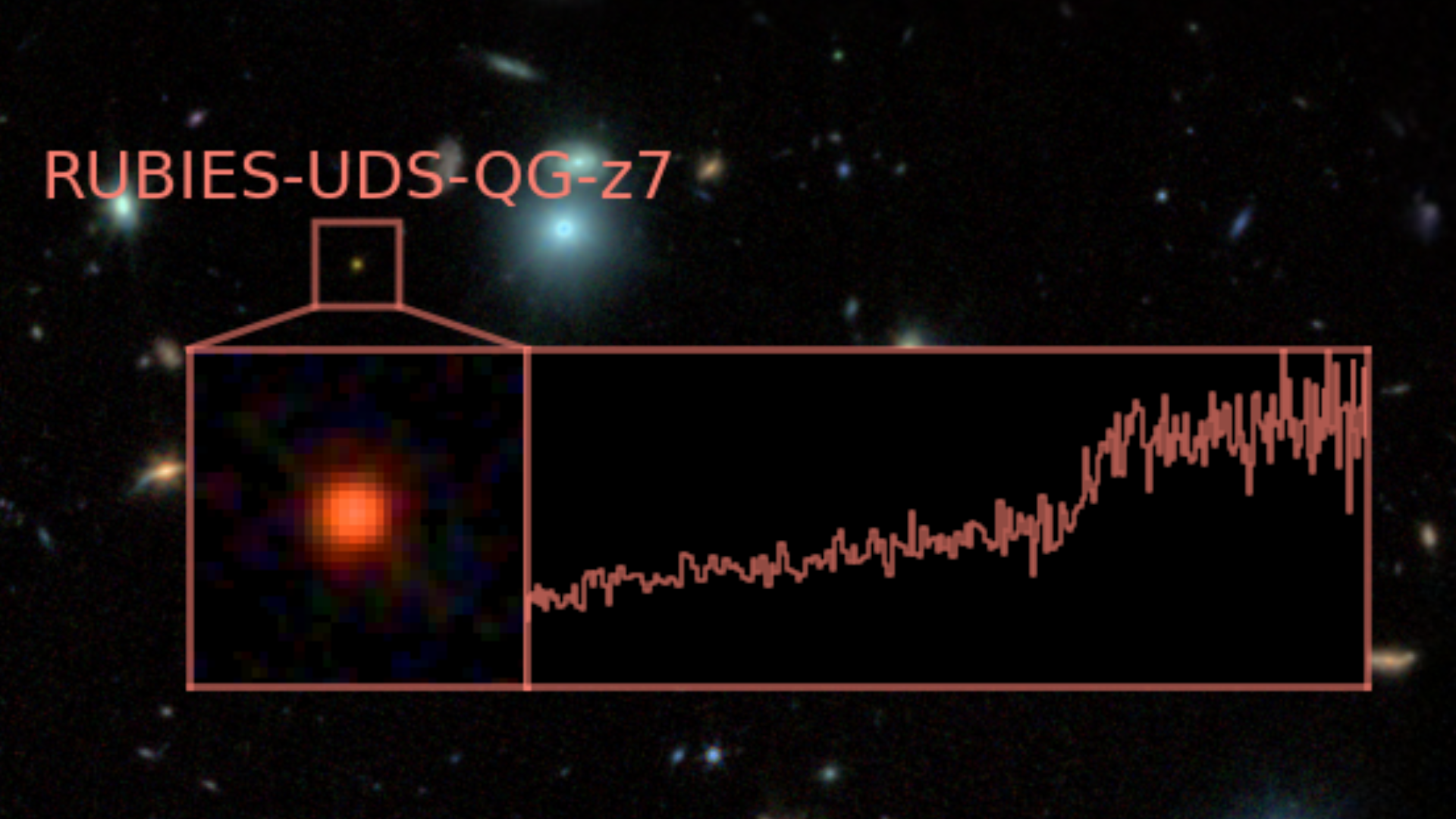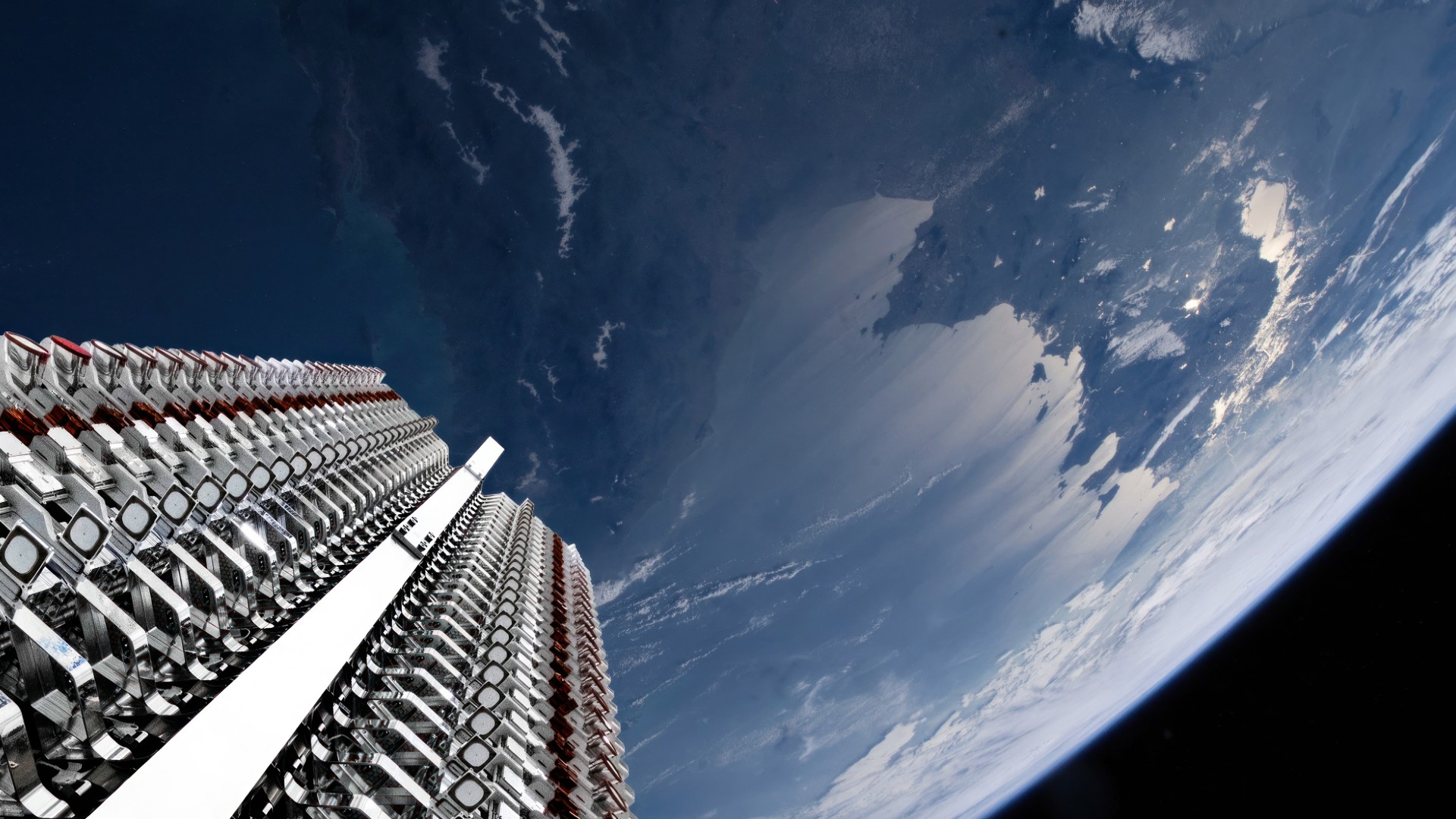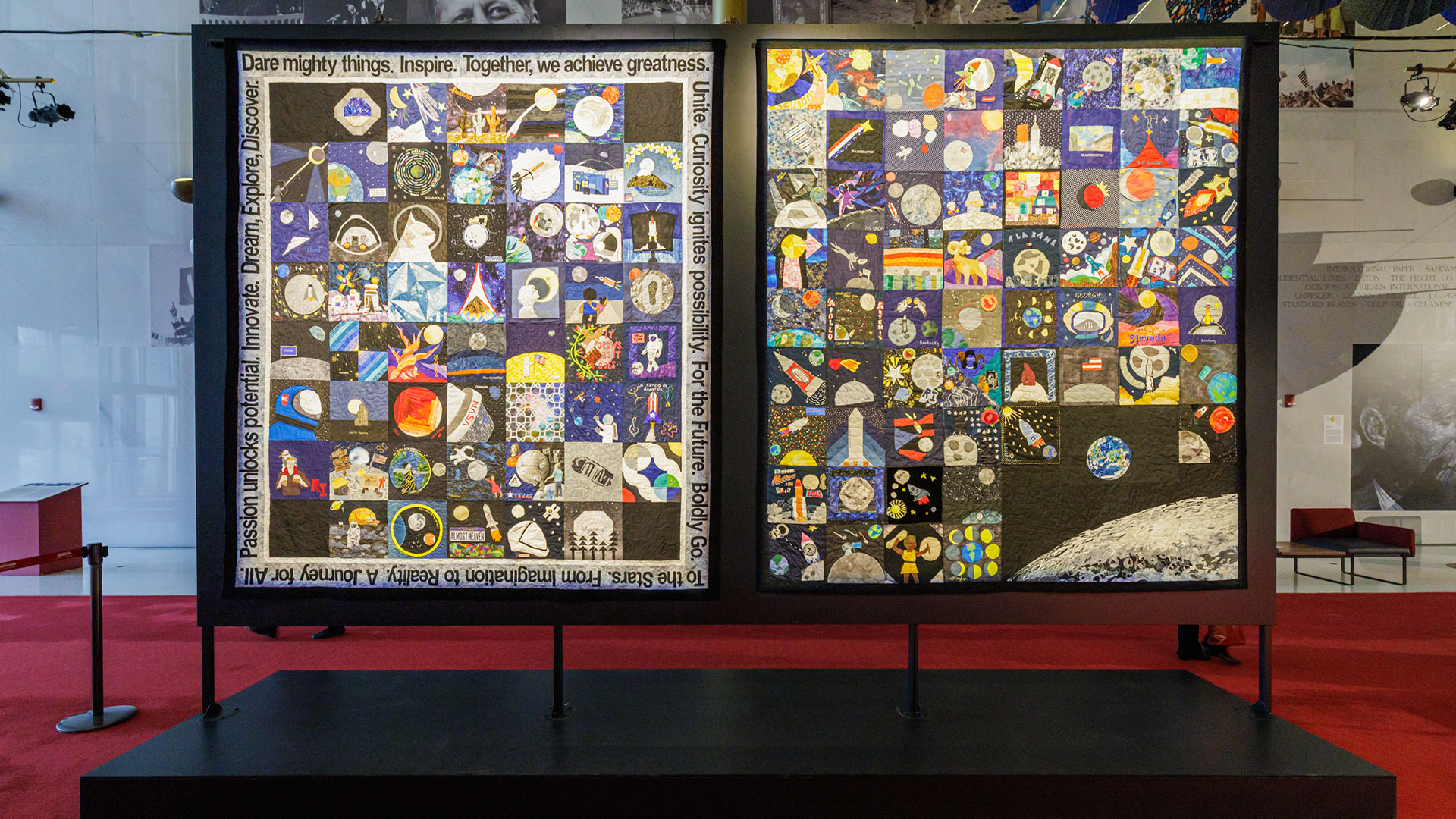Scientists say 2 asteroids may actually be fragments of destroyed planets from our early solar system
They're calling them "planetary embryos".
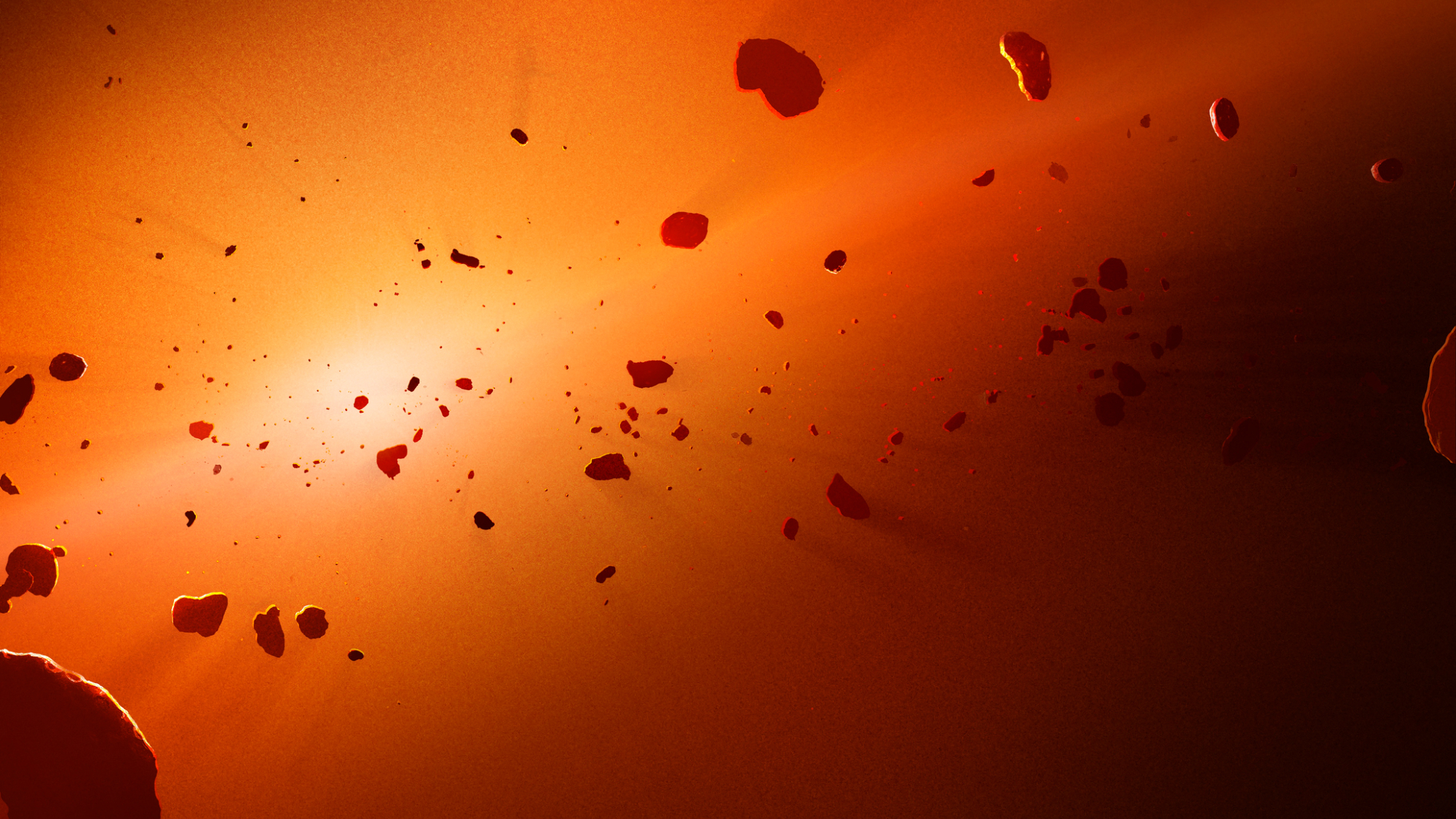
Scientists believe that two asteroids might be fragments of long-lost "planetary embryos" from the early solar system.
These embryos, somewhere between small planetesimals and fully formed planets, were abundant during the solar system's formative stages and played a critical role in planetary formation. Two asteroids in the main asteroid belt between Mars and Jupiter, (246) Asporina and (4125) Lew Allen, are the subject of a new study that has found they could be leftover pieces from these embryos forged in the earliest days of our cosmic neighborhood.
"We identified two large asteroids that show similar spectral features to angrites [some of the solar system's oldest meteorites, believed to have originated from planetesimals], suggesting these asteroids could be some of the most ancient remnants of an early-formed planet in the early solar system," Ben Rider-Stokes, a post-doctoral researcher at The Open University, told Space.com "This provides evidence that angrites could indeed be linked to the debris of early planetary embryos, some of which may have contributed material to the terrestrial planets."
Angrites are a distinct group of meteorites, characterized by olivine-bearing basaltic minerals and unique isotopic signatures (such as oxygen, magnesium, and chromium isotopes) and elemental ratios that indicate they could only have formed in the inner solar system.
"Angrites are a small group of ancient meteorites that formed within the first few million years of solar system history, recording information about the early solar system processes," said Rider. "Identifying the origin of these samples is therefore of key interest to identify an ancient asteroid that may be one of the earliest forming asteroids. [However,] resulting debris from their disruptions is not easily discernible in the modern-day solar system.
Scientists have suggested previously that an angrite parent body may be a remnant from an early planetary embryo. However, evidence for this body has been scant, likely having been lost when it merged with other planetesimal bodies during a phase of rapid growth in the early solar system.
"No specific asteroid, or family of asteroids, has been identified as the [agrite parent body]," wrote Rider and his colleagues in their paper published in the journal Icarus. "The igneous nature of the meteorites implies their parent body was sufficiently large to sustain an extended period of magmatic activity, but the size of the [parent body] is disputed."
Get the Space.com Newsletter
Breaking space news, the latest updates on rocket launches, skywatching events and more!
Estimates have been made by comparing the nature of angrites to the howardite-eucrite-diogenite (HED) meteorites, which originate from the Vesta parent body, whose radius is larger than 162 miles (260 km).
The scientists set out to analyze the UV-Vis-NIR spectra of ten known angrites that have fallen to Earth and compare them with the spectra of 712 documented asteroids. "We have a wide collection of ancient meteorite samples with different chemistries, isotopic compositions, and mineralogies, these differences indicate separate parent bodies or parent asteroids or planets," said Rider.
This technique examines how a material interacts with light — different materials absorb or reflect light at distinct wavelengths, producing a unique spectrum or "fingerprint" that reveals key information about the material's composition.
By comparing the spectra of angrites and asteroids, the team was able to identify similar compositions, narrowing down the potential origin of the angrites and possibly pinpointing which asteroids, if any, could be remnants of the long-sought planetary body.
"Simply, the wavelength of the light bounced back from a surface (an asteroid or meteorite) will show distinctive peaks and troughs due to the differences in mineralogy and chemistry," explained Rider. "The wavelength of the meteorite and asteroid can thus be compared and matched."
"The increased diversity among meteorite collections on Earth has enabled the evaluation of extra-terrestrial mineralogies in a wider context," he continued. "This increased diversity, due to more meteorite finds, increases the potential chance of identifying an asteroid with a similar mineralogy to that of a meteorite sample. This motivated the study to find an asteroidal analog for [...] an angrite."
The team initially found spectral matches to asteroids (246) Asporina, (4490) Bambery, (4125) Lew Allen, and (136617) 1994 CC, also finding equivalent matches in their mineral chemistry (although no mineral chemistry was available for (136617) 1994 CC).
More consistent matches between (246) Asporina and (4125) Lew Allen to quenched angrites — those that cooled rapidly, preserving minerals in a high-temperature state — and intermediate angrites — cooled at a moderate rate, allowing for more gradual mineral formation — helped identify these two as the best parent body candidates.
Due to their orbital differences, the team believes it is likely that they originate from different parent asteroids. Given that (246) Asporina is the largest body (though at approximately 32 miles (50.9 km) in diameter it is still significantly smaller than the predicted size of the parent body), and possesses an extremely similar band structure to the angrite NWA 10463, the team thinks it is very plausible that (246) Asporina represents a significant fragment of an ancient, long-lost body somewhere between the sizes of the moon or Mars.
It's possible that either the original angrite parent body was catastrophically destroyed during the chaos of the early solar system, or that the predicted size could also have been overestimated. "Some asteroids are too small for the light to bounce back and be recorded on Earth, so there may be many smaller fragments that have a similar mineralogy to meteorites," added Rider. "Another [challenge] is terrestrial weathering (i.e. rusting) of meteorites that affects their mineralogy and could therefore hinder spectral matching."
As more data is gathered, it will not only provide clearer answers to the forces that shaped our solar system, but also enhance our understanding of the formation, composition, and evolutionary role of asteroids — offering key insights into the early stages of planetary development.
Research on these two asteroids has been published in the journal Icarus.
Join our Space Forums to keep talking space on the latest missions, night sky and more! And if you have a news tip, correction or comment, let us know at: community@space.com.

A chemist turned science writer, Victoria Corless completed her Ph.D. in organic synthesis at the University of Toronto and, ever the cliché, realized lab work was not something she wanted to do for the rest of her days. After dabbling in science writing and a brief stint as a medical writer, Victoria joined Wiley’s Advanced Science News where she works as an editor and writer. On the side, she freelances for various outlets, including Research2Reality and Chemistry World.
